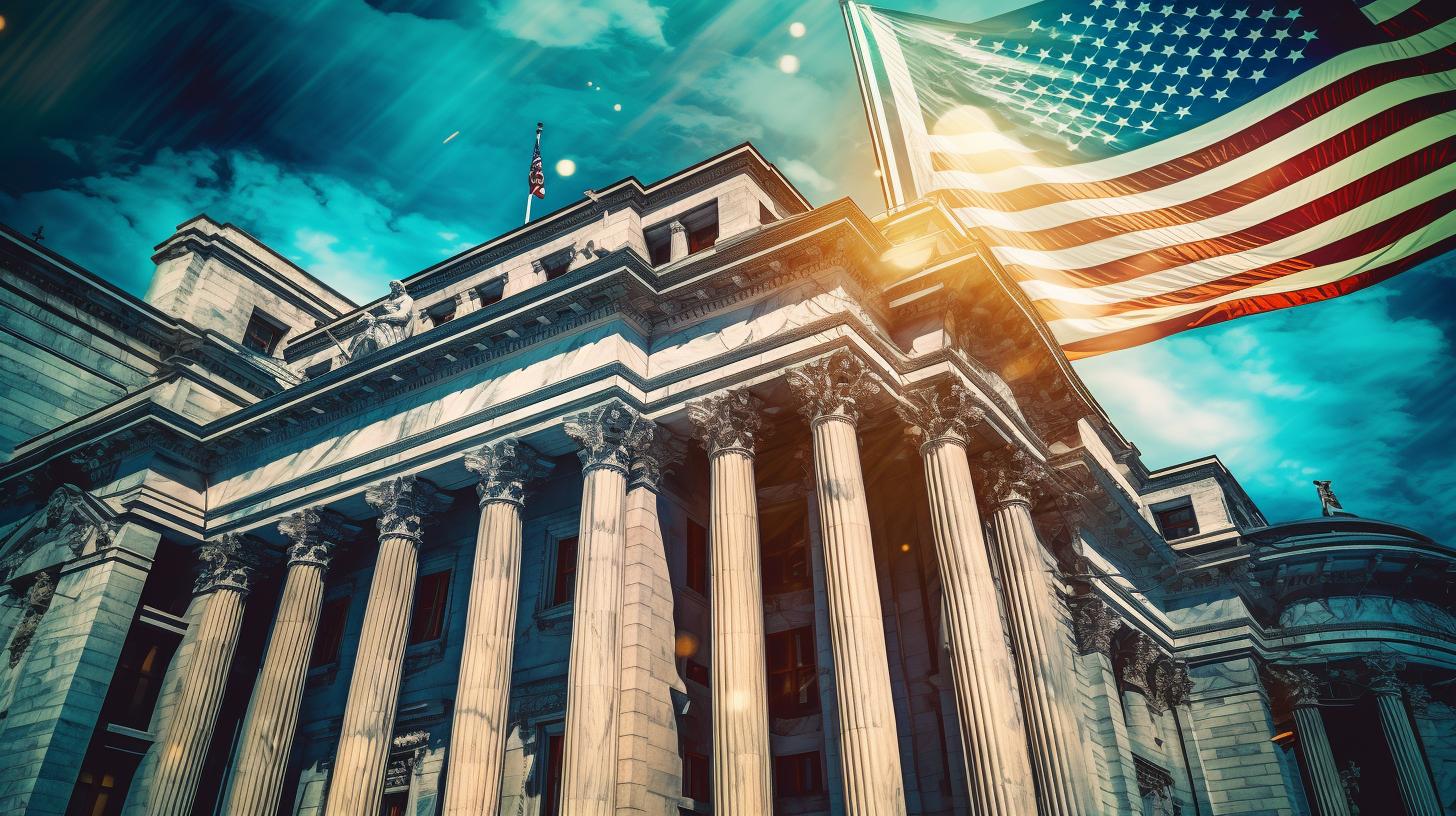Student Loan Forgiveness Backlog Surpasses 74,000 Amid Processing Delays
More than 74,000 federal student loan borrowers remain caught in a growing backlog of applications for the Public Service Loan Forgiveness (PSLF) Buyback program, according to a recent court filing. This marks an increase from 72,730 borrowers in July and 65,448 at the end of June. The backlog reflects delays in processing applications that allow borrowers who have completed 120 qualifying payments through public service employment to retroactively receive credit for months missed during forbearance or deferment periods.
Understanding the PSLF Buyback Program
Established under the Public Service Loan Forgiveness program signed into law in 2007, PSLF offers federal loan cancellation to borrowers after a decade of qualifying public service employment. The Buyback option, introduced by the Biden administration in mid-2023, enables borrowers to purchase credit for months lost due to payment pauses, accelerating their path to forgiveness. The program gained traction after courts blocked the Biden-era SAVE plan in mid-2024, which had automatically placed millions of borrowers in forbearance, freezing their progress toward PSLF despite continued public service work.
Causes of Processing Delays
Processing delays have intensified following significant staff reductions at the U.S. Department of Education under the Trump administration, including cuts to teams assisting borrowers. In March, nearly half of the department’s staff were terminated, contributing to the backlog. In August alone, only 5,600 buyback applications were processed, underscoring the slow pace relative to demand. Additionally, over one million repayment plan applications remain unprocessed, further complicating borrower relief efforts.
Guidance for Borrowers Amid Backlogs
Experts encourage eligible borrowers to apply for the Buyback program despite the delays. Nancy Nierman, assistant director of the Education Debt Consumer Assistance Program, advises submitting applications while also considering alternative repayment plans to maintain progress toward forgiveness. “If you can afford payments under other plans, do not rely solely on Buyback to reach 120 qualifying payments,” Nierman said. Borrowers can concurrently apply for Buyback and switch repayment plans, though both processes face significant backlogs. Interest on loans resumed accruing in August after the SAVE forbearance ended, making timely payments more critical for borrowers.
How to Apply and What to Expect
Applications for PSLF Buyback must be submitted via the PSLF Reconsideration portal within the Federal Student Aid account. Borrowers should retain confirmation emails and monitor their qualifying payment counts through their loan accounts. After submission, the Education Department issues an offer letter detailing the number of months eligible for buyback and the amount required to pay. Borrowers typically have 90 days to complete the payment to receive loan forgiveness credit. Calculations for missed payments are complex and based on historical payment amounts. Some low-income borrowers may qualify for zero-dollar buyback payments, effectively clearing debt without additional cost.
Refunds for Overpayments
Borrowers who continue payments after applying for Buyback or who have exceeded 120 qualifying payments are entitled to refunds, according to higher education experts. Some borrowers have successfully received reimbursements in such cases.
FinOracleAI — Market View
The expanding backlog of PSLF Buyback applications highlights operational challenges within the Department of Education, exacerbated by staffing cuts and surging demand. While the program remains a critical relief mechanism for public service borrowers, processing delays risk undermining borrower confidence and timely debt relief.
- Opportunities: Streamlining application processing could accelerate forgiveness, improving borrower financial stability and public sector workforce retention.
- Risks: Prolonged delays may increase borrower financial strain, reduce program participation, and invite legal challenges over administrative fairness.
- Potential policy adjustments or resource reallocations could alleviate backlogs and restore trust in federal loan servicing.
Impact: The backlog presents a negative market impact by prolonging borrower uncertainty and delaying debt forgiveness, emphasizing the need for administrative reforms.













